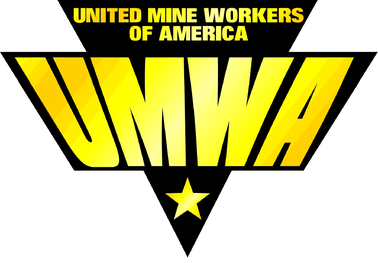At the stroke of midnight on May 1, 1943, a contract that had bound the United Mine Workers of America with America’s coal mining companies expired. In the next minute, a staggering 480,000 coal workers initiated what would become one of the most monumental strikes in the nation’s history, protesting against unfair labor conditions. This situation had become somewhat routine. However, the context was far from ordinary, as the country was deeply embroiled in World War II, with coal being the literal lifeblood of the war effort.
Most American unions had promised not to strike while the war was ongoing. However, the United Mine Workers of America (UMWA) argued that their miners were being mistreated and that they could not, in good conscience, honor this pledge. In response, President Roosevelt ordered the union to end their strike. When this approach failed, he appealed to their sense of patriotism. When that also did not work, he ordered the government to take control of all coal mines that had experienced a strike.
That approach also failed. The legislation Congress passed a few days later, which made it illegal to strike at any government-controlled mine during the war, was ineffective as well. The subsequent arrests and prosecutions did nothing to diminish the miners’ determination. Frustrated, Roosevelt threatened to send troops to confront the striking miners. In response, they told him, “You can’t dig coal with bayonets.”
At this point, the government recognized that the miners were unwilling to compromise and that coal reserves would soon be depleted. Consequently, they reached an agreement with the miners and negotiated a new contract to avoid any issues on the battlefield.
This wasn’t just a labor strike. It was a showdown between workers’ rights and national security—a moment when everyday people flexed their power, even in the face of global war.
And they won.

